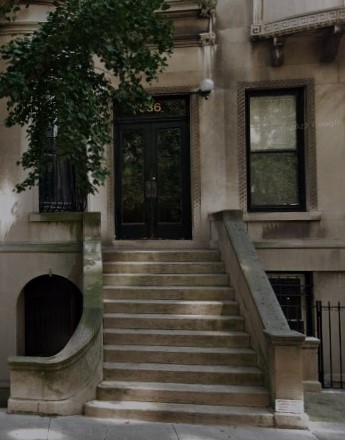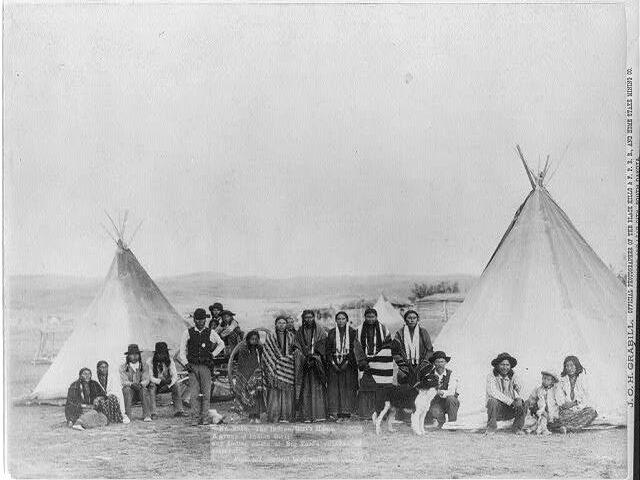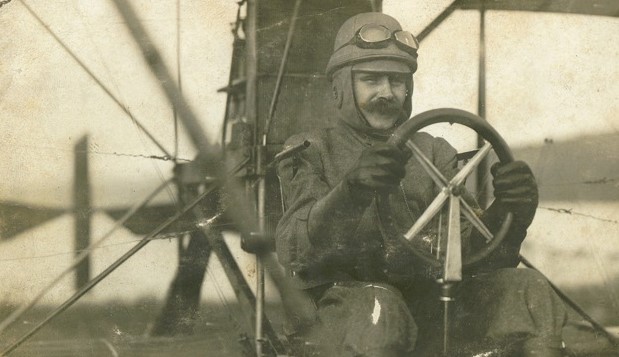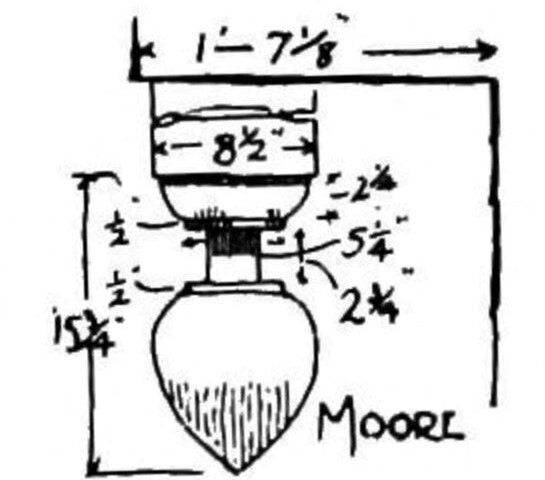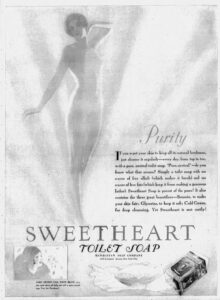 The property at 336 changed many investors’ hands while still a grassy meadow before John T. Farley, a wealthy builder and real estate dealer, purchased it in 1895 to begin plans of developing a row of homes on 89th Street.[1] The idea of constructing elaborate homes in that area may have been considered crazy at the time. Edward S. Clark was already being ridiculed with many calling the Dakota Apartments “Clark’s Folly.” The Dakota was almost 20 blocks south of Farley’s new venture. But Farley had made many wise investments including, if one can imagine, purchasing the entire block bounded by 69th and 70th streets near Amsterdam Avenue for $500,000.
The property at 336 changed many investors’ hands while still a grassy meadow before John T. Farley, a wealthy builder and real estate dealer, purchased it in 1895 to begin plans of developing a row of homes on 89th Street.[1] The idea of constructing elaborate homes in that area may have been considered crazy at the time. Edward S. Clark was already being ridiculed with many calling the Dakota Apartments “Clark’s Folly.” The Dakota was almost 20 blocks south of Farley’s new venture. But Farley had made many wise investments including, if one can imagine, purchasing the entire block bounded by 69th and 70th streets near Amsterdam Avenue for $500,000.
By May of 1896, 336 West 89th Street saw its first owner and resident, Henry H. Hendricks. If the initiation of this building has anything to say about the karma, the Hendricks Brothers’ company history should speak for itself. Uriah Hendricks arrived in New York City from Amsterdam, Holland (via London) in 1755 to start what became the oldest firm in the American copper industry. Instrumental in the Industrial Revolution in America, Uriah’s son, Harmon Hendricks assisted in the transformation of the company to manufacture copper in the states rather than import all its metals. Customers included Paul Revere and Robert Fulton both of whom the company collaborated with to find solutions to the copper shortage in America during the Napoleonic War.[2] Harmon’s three sons, including Henry, and four grandsons continued the business. Henry is credited along with several others to have founded Jews’ Hospital, Mt. Sinai as we now know it today.[3]
But Hendricks was not the only successful family to own 336. Frank G. Burke (1859 – 1929) followed Hendricks’ ownership. Burke was a soap manufacturer who started and served as president of the Manhattan Soap Company. In 1906 just a few years before purchasing 336, he patented the company trade name in Canada along with the word “Babeskin.” His business was so successful that his son, who took over the company after his death in 1929, was able to obtain Mrs. Roosevelt, yes – the wife of the president, to promote the company’s famous Sweetheart Soap.[4] The Burke family employed a chambermaid, cook, and laundress from Finland while residing at 336 and even though the sons Frank and Oscar had moved out by 1920, the Burkes added a waitress to the entourage of servants. Thom & Wilson are credited as its architects. [5]
References:
[1] “A Big Haul of New York ‘Boodle’ Aldermen.” Springfield Republican, 14 Apr 1886, p5.
[2] Hendricks Family Papers, 1713-1971, MS 295, New-York Historical Society, New York, NY.
[3] The Kings of Copper. American Jewish Historical Society, Chapter 28.
[4] Flynn, John T. The Roosevelt Myth, Auburn: The Ludwig von Mises Institute, 2008, p.247.
[5] Riverside-West End Historic District, New York City. Landmarks Preservation Commission, 19 December 1989, p193.
Featured image: Google maps image, Jul 2022.
Article image: Pittsburgh Sun Telegraph, 13 October 1929, p.88.
